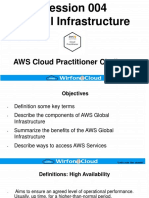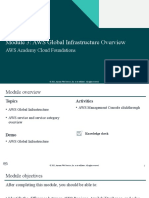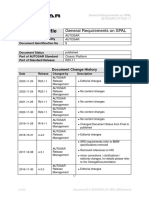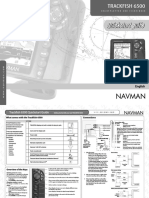0% found this document useful (0 votes)
232 views30 pagesAWS Global Infrastructure Guide
The document discusses the global infrastructure of AWS including AWS regions, availability zones, local zones, edge locations, and points of presence. It provides an overview of each element and how they are used to provide redundancy, low latency access, and high availability of applications and services. Examples are given of different scenarios and which AWS infrastructure element would best suit the needs of that scenario.
Uploaded by
souza89.telecoCopyright
© © All Rights Reserved
We take content rights seriously. If you suspect this is your content, claim it here.
Available Formats
Download as PDF, TXT or read online on Scribd
0% found this document useful (0 votes)
232 views30 pagesAWS Global Infrastructure Guide
The document discusses the global infrastructure of AWS including AWS regions, availability zones, local zones, edge locations, and points of presence. It provides an overview of each element and how they are used to provide redundancy, low latency access, and high availability of applications and services. Examples are given of different scenarios and which AWS infrastructure element would best suit the needs of that scenario.
Uploaded by
souza89.telecoCopyright
© © All Rights Reserved
We take content rights seriously. If you suspect this is your content, claim it here.
Available Formats
Download as PDF, TXT or read online on Scribd
/ 30
























































































